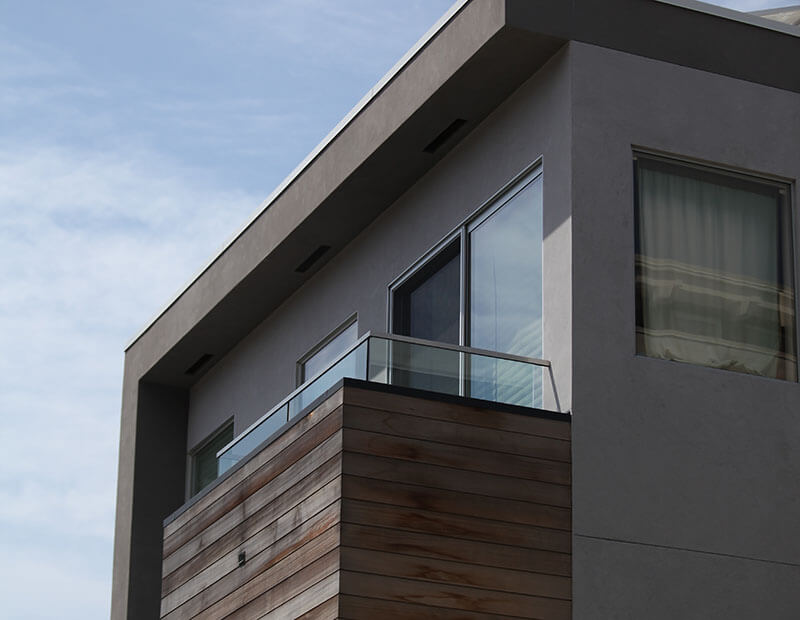The residential design landscape is evolving rapidly, with homeowners in the Northeast prioritizing energy efficiency, smart layouts, and budget-conscious solutions. In 2025, the focus is on sustainability, comfort, and timeless aesthetics—all while keeping costs manageable. Here’s a look at the top trends shaping home design in the region.
- High-Performance, Budget-Friendly Insulation
Why It Matters: The Northeast experiences harsh winters and humid summers, making proper insulation essential for energy savings and home comfort.
Budget-Friendly Options:
- Blown-in cellulose insulation – More affordable than spray foam and offers excellent thermal resistance.
- R-5 insulated sheathing – Cost-effective for boosting wall efficiency during renovations.
- Weatherstripping & caulking – A low-cost way to seal air leaks and reduce energy waste.
Energy Savings: Upgrading insulation can reduce heating and cooling costs by 20-30%.
- Passive Solar Home Design
Why It Matters: Utilizing natural sunlight can lower heating costs in winter while keeping homes cool in summer.
Budget-Friendly Options:
- South-facing windows – Capture heat in winter, reducing reliance on heating systems.
- Overhangs & awnings – Prevent overheating in summer without expensive cooling systems.
- Thermal mass materials (e.g., stone, concrete) – Absorb and retain heat naturally.
- Efficient Heating & Cooling Systems
Why It Matters: Traditional oil and gas heating systems are expensive and inefficient compared to modern alternatives.
Budget-Friendly Options:
- Heat pumps – New energy-efficient air-source heat pumps work well even in cold Northeast climates. Many states offer rebates to offset costs.
- Ductless mini-splits – Ideal for renovations or additions, providing zoned heating/cooling.
- Smart thermostats – A low-cost upgrade that reduces energy waste by learning your habits.
Energy Savings: Switching to a heat pump can cut heating costs by 30-50% annually.

4. Durable, Energy-Efficient Windows
Why It Matters: Old, drafty windows are a major source of heat loss in Northeast homes.
Budget-Friendly Options:
- Double-pane windows with Low-E glass – More affordable than triple-pane but still offer great efficiency.
- Storm windows – A lower-cost alternative to full replacements.
- Thermal curtains – An inexpensive way to reduce drafts.
Energy: High-performance windows can reduce heat loss by up to 50%.
5. Sustainable & Affordable Building Materials
Why It Matters: Eco-friendly materials reduce waste, lower costs, and improve indoor air quality.
Budget-Friendly Options:
- Reclaimed wood – Perfect for flooring, accent walls, or cabinetry.
- Recycled composite decking – Durable and low-maintenance for Northeast weather conditions.
- Bamboo flooring – A cost-effective alternative to hardwood with a modern look.
Eco Impact: Sustainable materials reduce reliance on resource-heavy production, making homes more environmentally friendly.
6. Smart & Affordable Home Technology
Why It Matters: Smart home tech improves efficiency, security, and convenience without breaking the bank.
Budget-Friendly Options:
- Smart lighting – Motion-sensor and LED bulbs reduce energy costs.
- Home energy monitors – Track electricity usage and find ways to save.
- Automated blinds – Maximize natural light while improving insulation.
Energy Savings: Smart home tech can reduce overall energy usage by 10-20%
Conclusion:
In 2025, residential design in the Northeast is all about balance—combining budget-conscious choices with energy-efficient innovations. Whether you’re building new or renovating, small upgrades like better insulation, efficient heating, and smart technology can lead to long-term savings.
At Arris Design Solutions, we specialize in creating cost-effective, sustainable, and beautiful homes that fit your lifestyle. If you’re ready to start your next project, contact us today!

